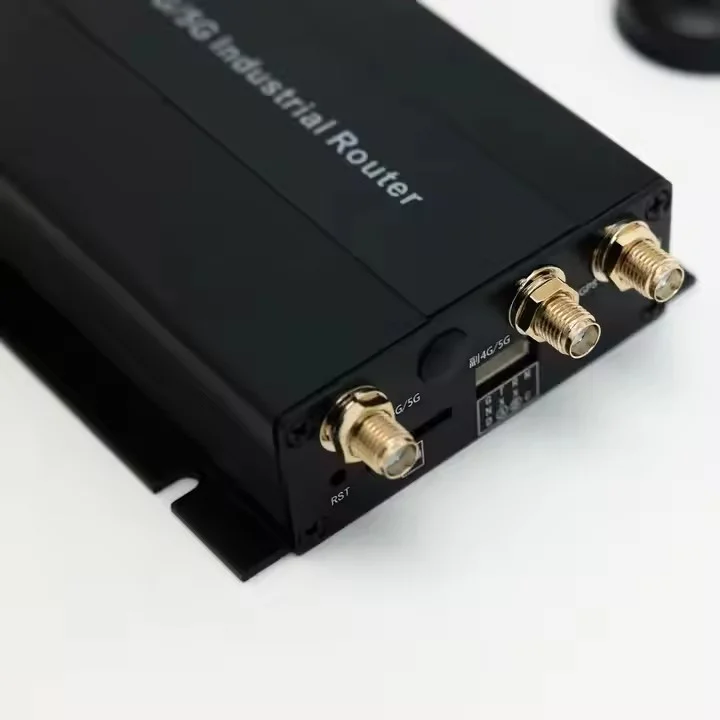In the realm of electrical troubleshooting, understanding how to check if a fuse is good with a multimeter is an essential skill for both professionals and DIY enthusiasts. Fuses play a critical role in protecting electrical circuits from overloads and short circuits, and knowing how to accurately assess their condition can save time, money, and prevent potential hazards. This article delves into the intricacies of fuse testing, providing a step-by-step guide, tips for accurate measurements, and insights into interpreting results.
Understanding Fuses: The Basics
Before diving into the testing process, it's crucial to understand what a fuse is and how it functions. A fuse is a safety device that contains a metal wire or strip that melts when excessive current flows through it, thereby interrupting the circuit and preventing damage to connected components. Fuses come in various types, including cartridge, blade, and glass fuses, each designed for specific applications and current ratings.
Tools Required for Testing
To check if a fuse is good, you will need the following tools:
- Digital Multimeter (DMM): A versatile instrument that can measure voltage, current, and resistance.
- Safety Gear: Insulated gloves and safety glasses to protect against electrical hazards.
- Fuse Puller: A tool designed to safely remove fuses from their holders without causing damage.
Step-by-Step Guide to Testing a Fuse
Step 1: Safety First
Before starting the testing process, ensure that the power to the circuit is turned off. This can be done by switching off the circuit breaker or removing the fuse from the panel. Always verify that the circuit is de-energized using a non-contact voltage tester.
Step 2: Remove the Fuse
Using a fuse puller, carefully remove the fuse from its holder. If the fuse is a cartridge type, ensure you handle it gently to avoid breaking the glass.
Step 3: Set Up the Multimeter
- Turn on the Multimeter: Set the multimeter to the continuity test mode, which is often indicated by a sound wave symbol or a diode symbol.
- Test Probes: Insert the black probe into the COM port and the red probe into the VΩmA port.
Step 4: Test the Fuse
- Connect the Probes: Touch the black probe to one end of the fuse and the red probe to the other end.
- Observe the Multimeter: If the fuse is good, the multimeter will emit a beep or display a reading close to zero ohms, indicating continuity. If the fuse is blown, the multimeter will show an open circuit (infinity or no beep).
Step 5: Reinstall or Replace
If the fuse is good, reinstall it back into its holder. If it is blown, replace it with a new fuse of the same type and rating to ensure proper circuit protection.
Interpreting Multimeter Readings
Understanding the readings on your multimeter is crucial for accurate diagnostics:
- Continuity (0 ohms): Indicates a good fuse. The circuit is complete, and current can flow.
- Open Circuit (infinity): Indicates a blown fuse. The circuit is broken, and current cannot flow.
- Resistance Values: If you measure resistance, a good fuse typically shows a very low resistance (close to 0 ohms), while a blown fuse will show high resistance or infinite resistance.
Common Mistakes to Avoid
- Testing with Power On: Always ensure the circuit is de-energized before testing to avoid damaging the multimeter or risking electric shock.
- Using Incorrect Settings: Make sure the multimeter is set to the correct mode for continuity testing.
- Ignoring Fuse Ratings: Always replace a blown fuse with one that matches the original rating to prevent future failures.
Conclusion
Knowing how to check if a fuse is good with a multimeter is an invaluable skill that enhances your electrical troubleshooting capabilities. By following the steps outlined in this guide, you can confidently assess the condition of fuses and ensure the safety and functionality of your electrical systems. Remember, regular maintenance and testing of fuses can prevent unexpected failures and prolong the life of your electrical devices. Whether you are a seasoned electrician or a curious homeowner, mastering this technique will empower you to tackle electrical issues with confidence and precision.







